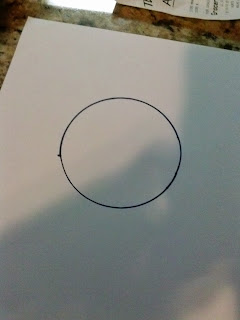A special thanks to Hannah and Lesley Ann for taking these photos while I inked gelatin.. a lot of gelatin!
After discussing positive and negative shapes in art, students used a new-to-me printing technique to print leaf shapes on a gelatin "block".
We began by inking a tray containing a half-inch layer of gelatin. Then, student arranged leaves they previously gathered on the inked gelatin.
Carefully placing the paper on top and applying pressure all over the surface of the paper with their hands.
A pulled print reveals the negative shapes of the leaves.
But we aren't finished! After removing the leaves, we made a second print using the ink left behind by the leaves.
A positive print!
Here are more examples:
These girls love printmaking!
























